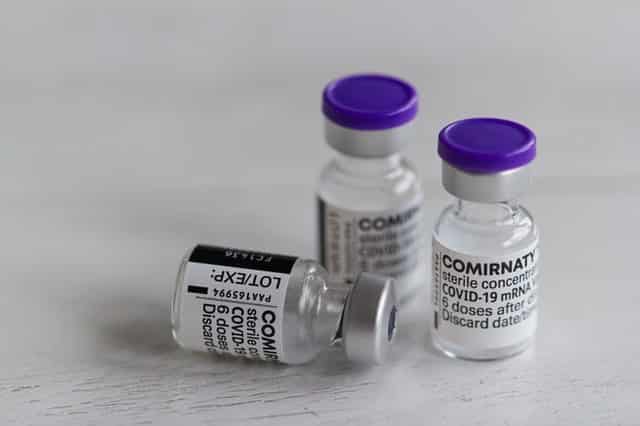ATAGI has recommended a second booster jab for Australians at high risk of severe illness. But research suggests additional boosters could be unnecessary for the majority of the population.
A rollout of fourth COVID vaccine ‘winter boosters’ is set to begin April 4th. The boosters will coincide with the 2022 influenza vaccinations, and will only be available to those at severe risk. Those eligible will include seniors 65 and over, residents of aged/disability care facilities, severely immunocompromised individuals aged 16 and over, and Aboriginals and Torres Strait Islanders aged 50 and over.
The protection of the booster jab has been shown to fade after 3-4 months. Furthermore, Australia is experiencing a new rise in cases thanks to the highly-transmissible Omicron sub-variant BA.2. BA.2 is shaping up to be the next dominant strain, nationally and worldwide.
Preliminary research from Israel suggests a second booster results in significantly lowered rates of infection and severe illness in older individuals. In the study, seniors who received a second Pfizer booster had a mortality rate 78% lower than those who received only one.
Still, ATAGI maintains there is “insufficient evidence” of benefits for ‘ordinary’ Australians to receive an additional booster. This corroborates the findings of several recent studies, which show immune protection after three vaccine doses may be sufficient to ward of serious illness for much longer than you might think.
Several studies published throughout the beginning of the year suggest 3 doses of an mRNA vaccine are sufficient to protect most people from severe COVID illness. While the Omicron variant is able to break through double-dosed immunity, a booster encourages the production of a much wider variety of antibodies. This makes it much harder for any COVID variant to evade the body’s defences.
Research shows 3 doses ensure parts of the immune system can remember and destroy COVID for many months, if not years after vaccination. Specifically, T cells and B cells seem likely to protect triple-jabbed individuals against future COVID variants.
T cells and B cells
Antibodies generated by vaccines are coded to recognise 2-3 parts of COVID’s spike protein. But immune cells mount a more robust response. T cells are able to detect many more parts of the spike protein, and thus are more likely to remain effective against future mutations of the spike. T cell immunity is the reason why vaccinated individuals have remained protected against severe illness with Omicron, despite vaccines not being coded to the strain.

Research on T cell immunity – as opposed to antibodies – is relatively sparse, as immune cells are much more time-consuming and costly to study. Still, research into the comparable SARS coronavirus of 2003 showed those exposed to the virus had T cells for over 17 years after.
Vaccines also program memories of COVID into another type of immune cell – B cells. The sophistication of memory response in B cells increases over time. This means the longer they have to ‘practice’, the greater the range of virus variants they can protect against.
Last year scientists showed the germinal centre – where B cells ‘train’ – remains active for more than 15 weeks after a second vaccine dose.
Three doses of a vaccine create even richer reserves of B cells and support T cells. The two combine for a strong likelihood that the individual will have adequate defences against severe COVID, even with new strains.
Cover photo by Ed Us on Unsplash.
Follow Maddie’s journalism journey on Twitter.
Sign Up To Our Free Newsletter